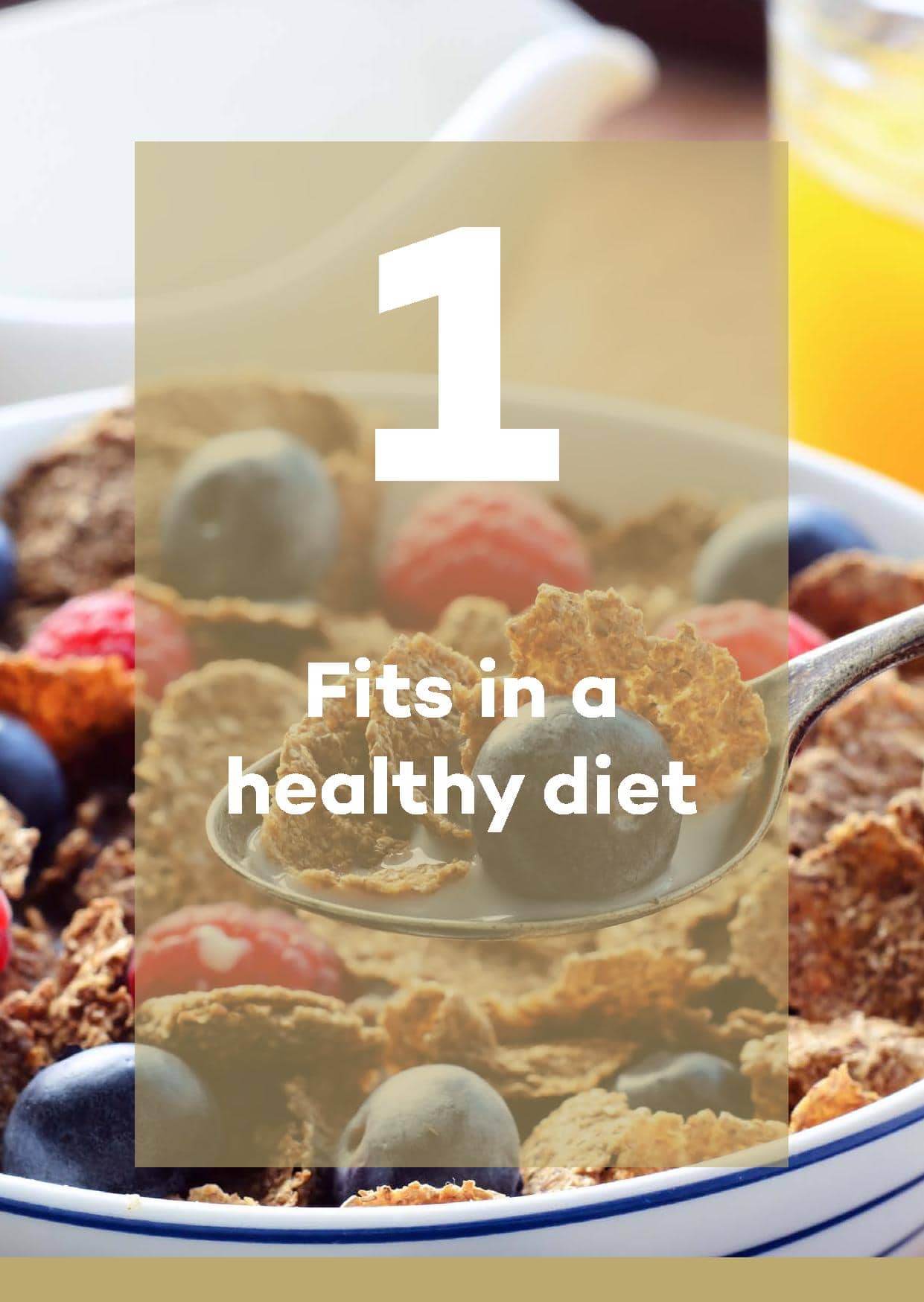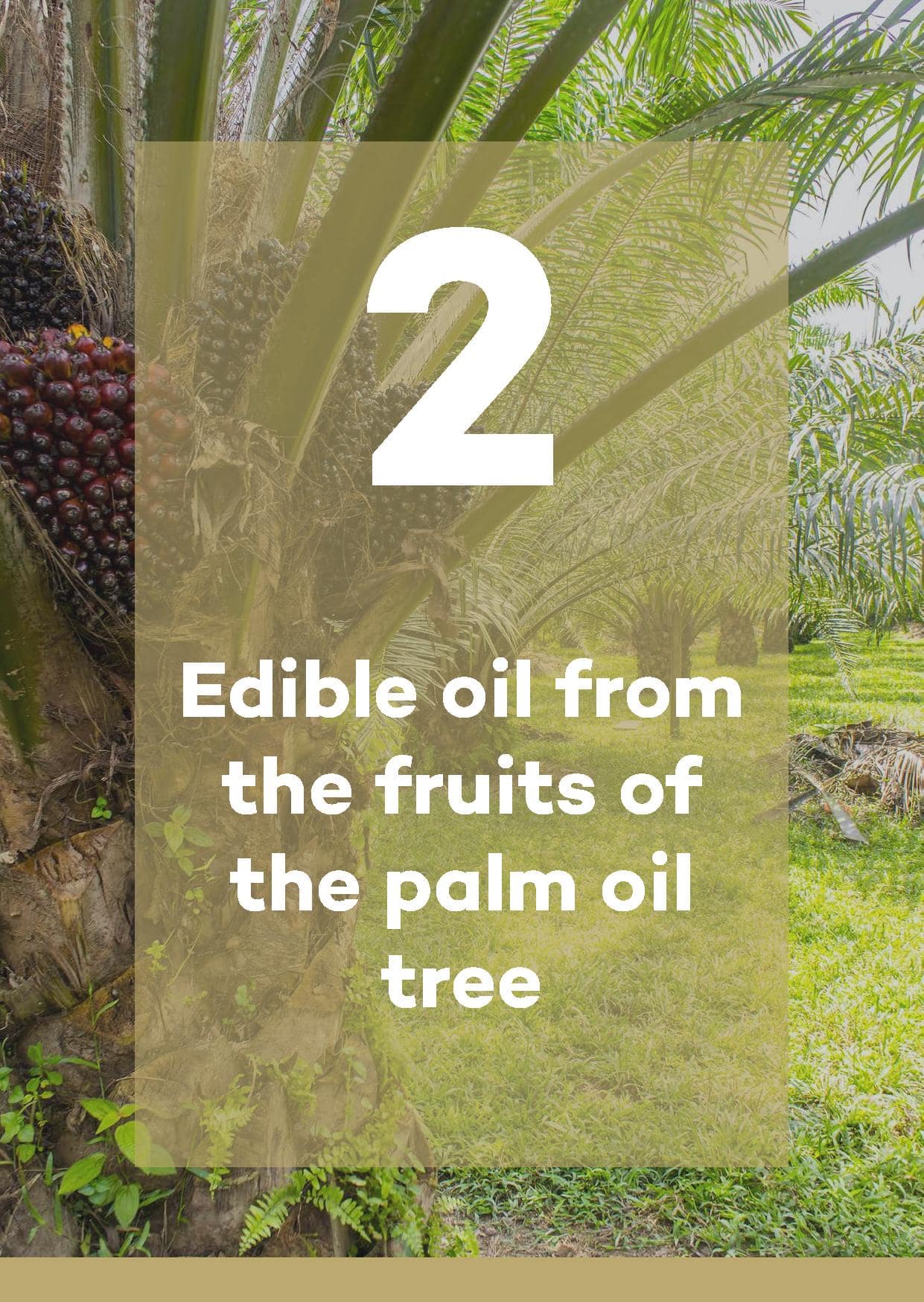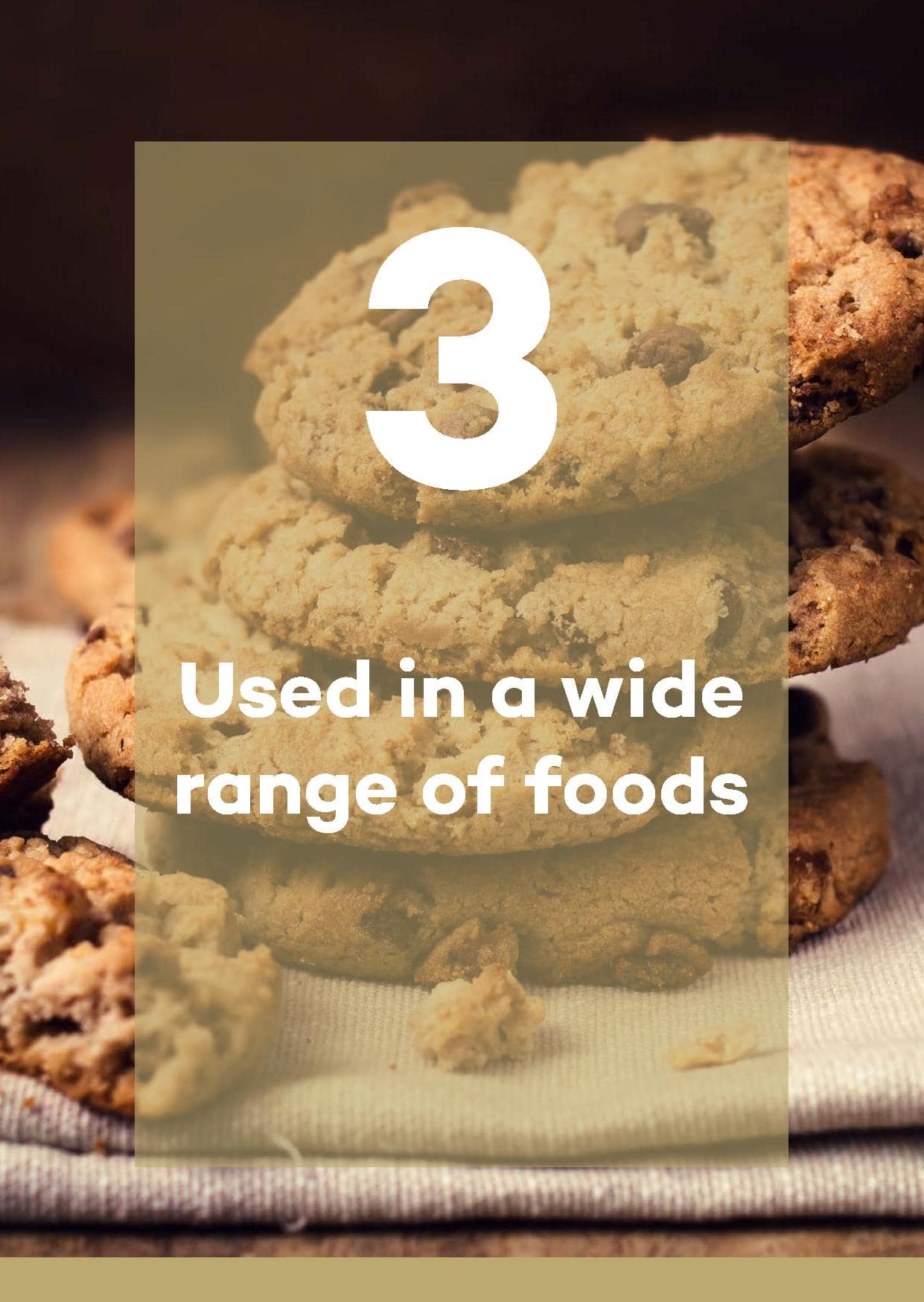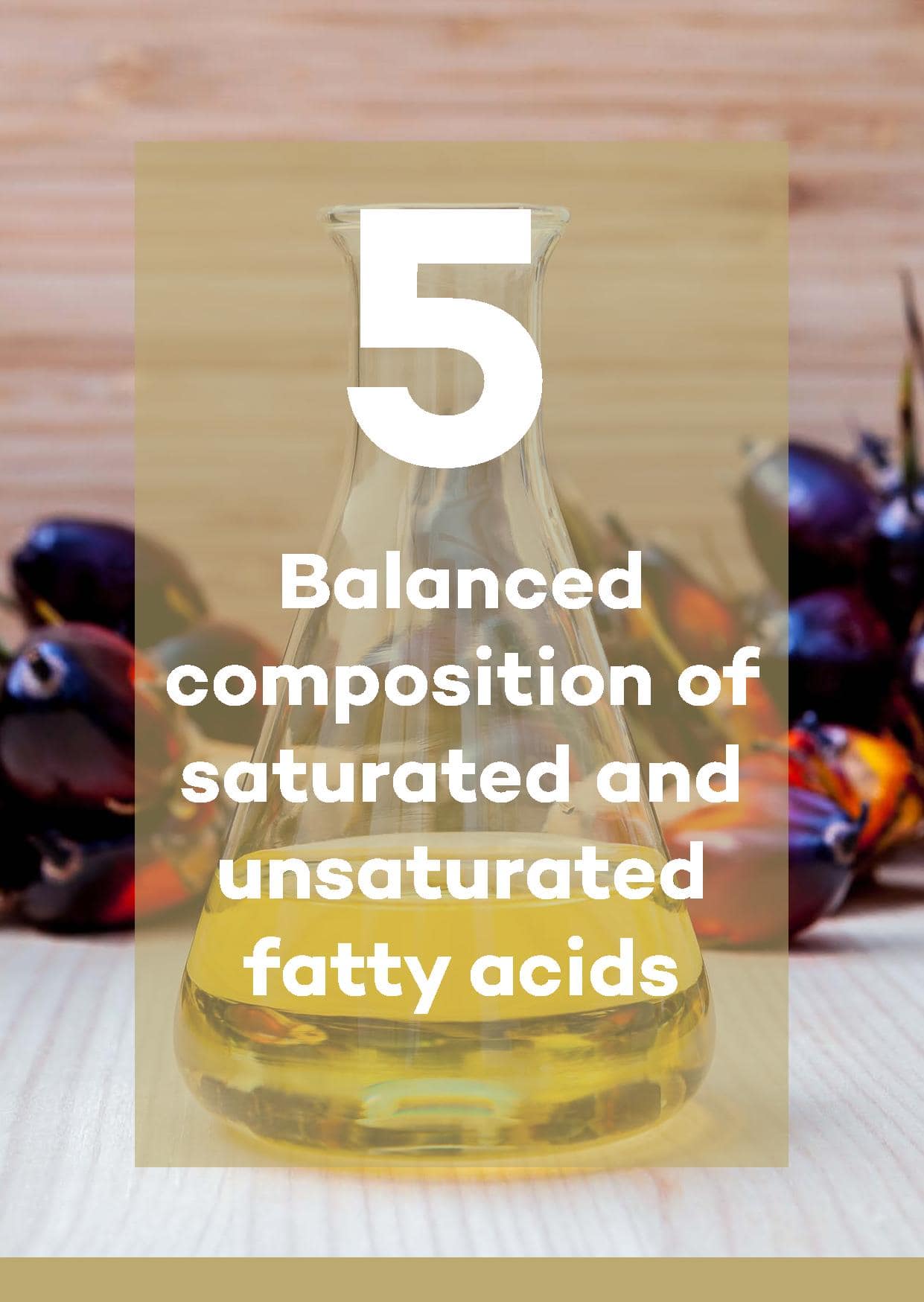
Healthy eating involves focusing on the total diet and the overall food pattern. All foods can fit within a healthy diet when consumed in moderation. Simply put, a healthy diet and lifestyle is based on three elements: variation in foods and meals, a balanced energy intake and enough physical activity to prevent weight gain. A healthy diet includes lots of fruits and vegetables, a balanced carbohydrate, fat and protein intake, and avoiding a high intake of salt, refined carbohydrates, saturated fats and trans fats. A switch to a more plant based diet will also contribute to a more sustainable and healthy planet.
Palm oil has a role to play among the fats we consume because of its specific composition, and particularly to meet technological requirements of some of the foods we consume. It has contributed to the almost total disappearance of industrial trans fats, specifically in the Western European food market and is an excellent alternative to animal fats.

Palm fruit oil, generally known as palm oil, is one of the edible oils cited by the Codex Alimentarius Commission of the joint FAO/WHO Food Standards Programme.
The oil is pressed from the orange pulp of palm fruits. Palm fruits are about the size of small plums and grow in bunches on the tropical palm oil tree. Each bunch contains a thousand or more palm fruits that are harvested throughout the year.
Originally found in West Africa, the oil palm tree is now mostly cultivated in Indonesia and Malaysia, the world’s largest palm oil-producing nations. In more recent years oil palms are also cultivated in South America and in particular in Colombia.


In Europe, palm oil is used in its refined (or refined, bleached, deodorised) form. Refined palm oil is odourless and pale yellow, making it a valuable ingredient providing texture and taste in a wide range of foods, such as margarine, confectionery, chocolate, ice cream and bakery products.
Fractionating refined palm oil involves separating the oil into fractions with different melting properties: a liquid (olein) and a solid (stearin) fraction. Palm olein is sold as cooking oil or used in food manufacturing such as instant noodles and fried food products. Palm stearin is used to make the hard components (‘hard stock’) of margarines and shortenings*. Palm olein can be further fractionated to produce super olein, hard stearin and palm mid fraction. Super olein is a more liquid fraction and withstands a lower temperature than palm olein before it solidifies. The palm-mid fraction is a key component of cocoa butter alternatives.
* a type of (semi-) solid fat that is used in cooking and baking

Like all fats and oils, palm oil is a concentrated source of energy for our body. One gram of fat provides 9 kcal, while carbohydrates and proteins provide 4 kcal per gram. Fat is the main storage form of excess energy in the body. Fats also cushion organs during movement, insulate the body and help to maintain a normal body temperature. Fats are structural components of cell membranes and hormones. Some types of vitamins (A, D, E and K) rely on fat for absorption and storage.
The World Health Organization recommends that in a healthy diet between 15 and 35% of the daily calories should be obtained from fat. This percentage varies according to the health situation of people as well as to the sort of diet (especially which staple foods are consumed). Of the total fat intake a maximum of 10% saturated fatty acids is recommended.

Palm oil contains an equal proportion of saturated and unsaturated fatty acids. Of these fatty acids, approximately 40% is monounsaturated oleic acid, 10% is polyunsaturated linoleic acid, 44% is saturated palmitic acid and 5% is saturated stearic acid.
The proportion of saturated fats in palm oil is lower than the saturated fat content of other fats of similar application: coconut oil (93% saturates), butter (70% saturates) and cocoa butter (64% saturates).
More facts